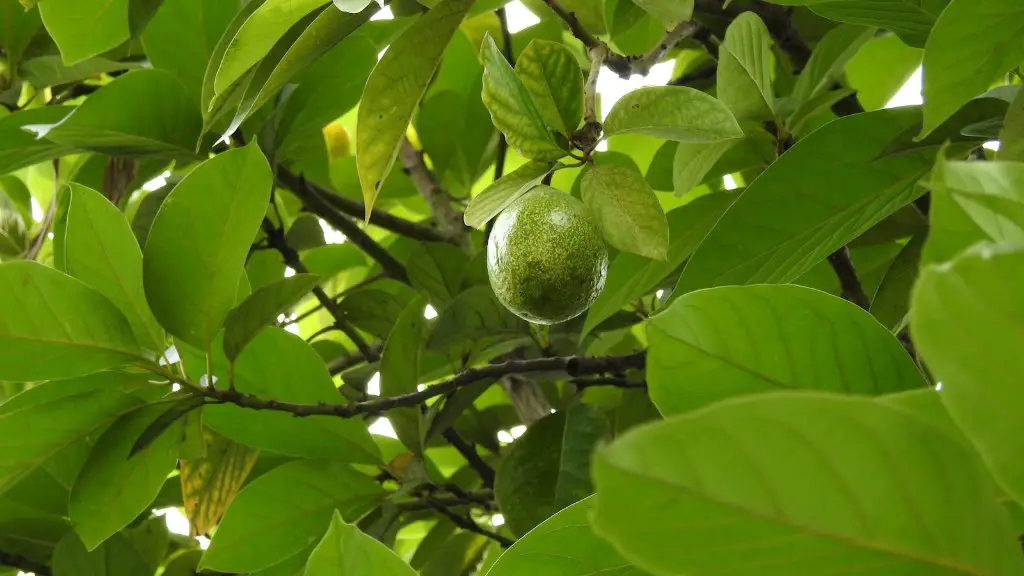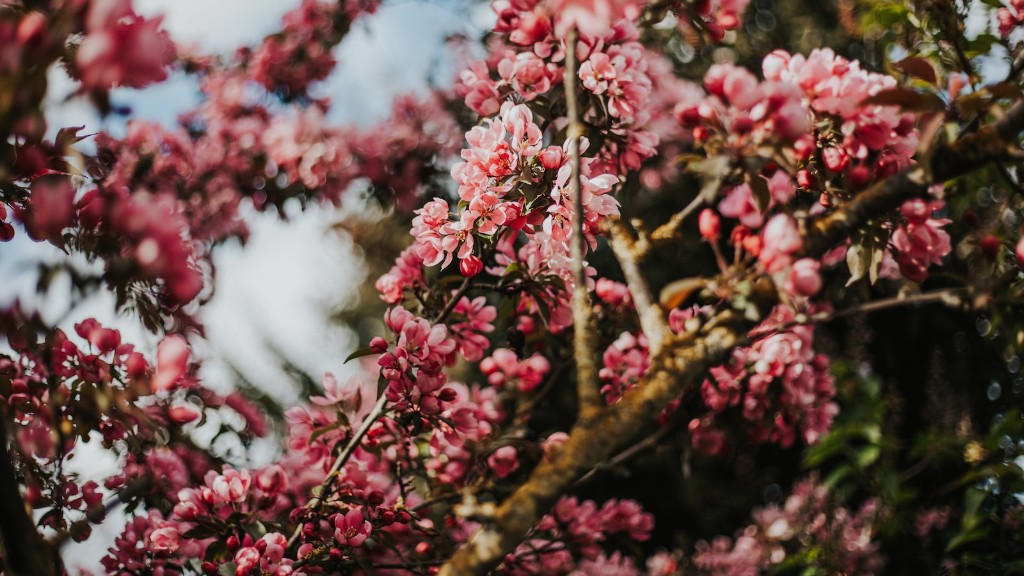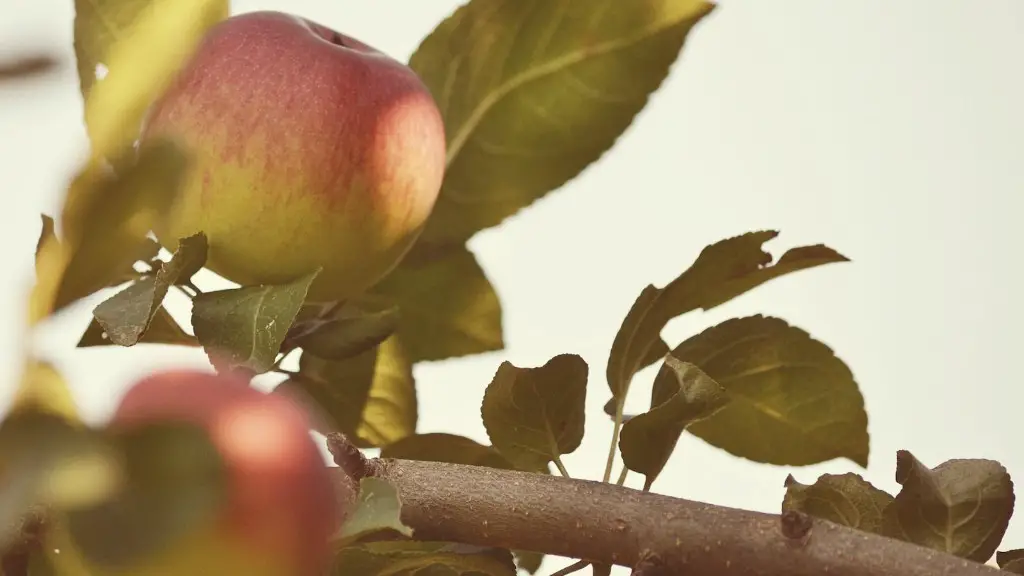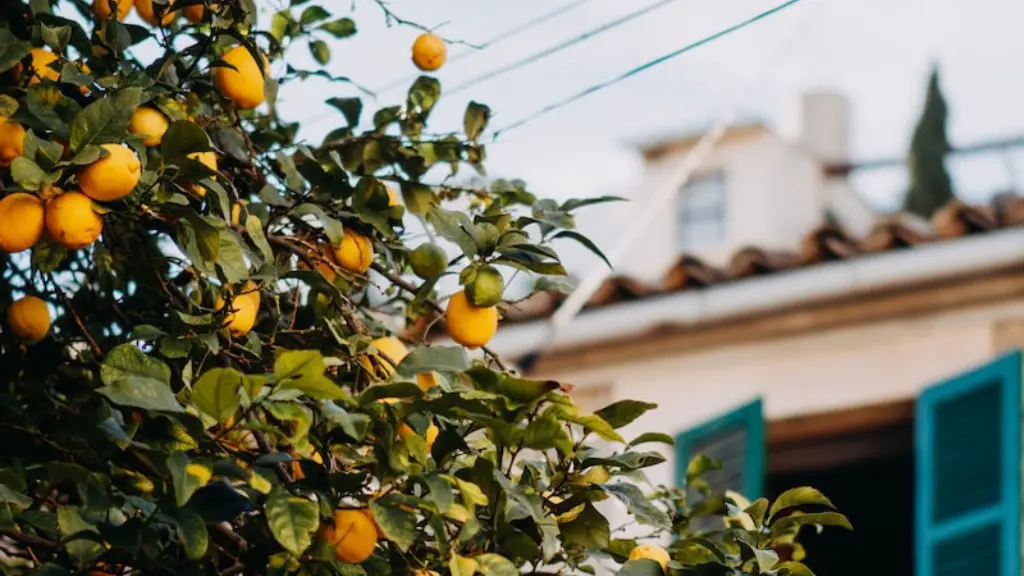A tree nut allergy is a potentially life-threatening condition in which a person has a reaction to eating tree nuts or coming into contact with them. Tree nuts include, but are not limited to, almonds, Brazil nuts, cashews, chestnuts, hazelnuts, hickory nuts, macadamia nuts, pecans, pistachios, and walnuts. People with tree nut allergies may experience symptoms such as hives, itching, swelling, trouble breathing, or even anaphylaxis, which is a potentially life-threatening condition. There is no cure for tree nut allergies, and the only way to prevent a reaction is to avoid tree nuts altogether.
Tree nut allergies are caused by a reaction of the body’s immune system to proteins found in tree nuts. The proteins can be found in the tree nut itself, in tree nut products, or in tree nut dust. When these proteins come into contact with the body, the immune system overreacts and releases chemicals that cause symptoms such as hives, itching, swelling, and difficulty breathing.
What foods to avoid if you are allergic to tree nuts?
Please be aware that tree nuts can be found in many unexpected places. Some common items that may contain tree nuts include breakfast cereals, candy, crackers, cookies, chocolates, energy bars, flavored coffee, frozen desserts, marinade, barbeque sauces, some cold cuts, ice cream, alcoholic beverages (flavorings), lotions, shampoos, and soaps. If you have a tree nut allergy, it is important to read labels carefully and to avoid any products that may contain tree nuts.
Tree nuts are a type of fruit that grows on trees. Unlike peanuts, which grow underground and are considered legumes, tree nuts grow on trees. There are many different types of tree nuts, including almonds, Brazil nuts, cashews, hazelnuts, pecans, pistachios and walnuts.
What is the most common tree nut allergy
A tree nut allergy is a condition in which the body reacts abnormally to one or more tree nuts. Tree nuts include, but are not limited to, almonds, Brazil nuts, cashews, chestnuts, hazelnuts, macadamia nuts, pecans, pine nuts, pistachios, and walnuts.
People with a tree nut allergy may experience a range of symptoms, from mild (such as itching or swelling around the mouth) to severe (such as difficulty breathing or anaphylaxis).
If you have a tree nut allergy, it is important to avoid all tree nuts and products that may contain tree nuts. Read food labels carefully, and be sure to ask about the ingredients of any food before you eat it.
The major difference between peanuts and tree nuts is that peanuts are legumes, which means they grow in the ground, while tree nuts grow on trees. Peanuts are in the same family as beans, lentils, and peas, while tree nuts include but are not limited to, walnuts, cashews, almonds, and pecans.
Is Avocado considered a tree nut?
If you’re allergic to chestnuts, you may have to avoid avocados since they have similar proteins. However, since avocado is classified as a fruit and not a tree nut, you should be able to eat avocados even if you have a nut allergy.
A tree nut allergy is a serious and potentially life-threatening condition. People with this allergy are at risk of anaphylaxis, a rapid and severe allergic reaction that can be fatal. There is no cure for a tree nut allergy and it is generally considered a lifelong condition. However, some people may outgrow the allergy over time.
Is peanut butter a tree nut?
While peanuts are not technically classified as a nut, they do share many similarities with tree nuts in terms of protein structure. Peanuts are actually a legume, belonging to the same family as peas and lentils. However, the proteins found in peanuts are similar in structure to those found in tree nuts. This makes peanuts a good alternative for those with tree nut allergies.
Bananas are not nuts, despite their common classification as such. Bananas are actually classified as berries, and are thus a fruit. This is due to their fleshy, pulpy interior, as well as their thin skin. Nuts, on the other hand, have a hard shell that encases their edible interior. This difference in classification is important to note, as nuts are generally considered to be a healthier snack than fruits.
Are cashews a tree nut
Cashews are an excellent source of protein, providing around 18 grams per 1-ounce (28-gram) serving. They’re also relatively low in fat compared to other nuts, containing about 12 grams of fat per serving. Additionally, cashews are a good source of several important vitamins and minerals, such as copper, magnesium, and phosphorus.
Cocoa is not a nut, but is the fruit of the cacao tree. Chocolate is made from the seeds of this fruit. Coconut, while classified as a tree nut by the FDA, is not a true nut, but rather a drupe (a specific type of fruit). Pure maple syrup is derived from the sap of the maple tree.
Is Almond a tree nut?
The term “tree nut” is a culinary term, not a botanical term. It generally refers to any nut that grows on a tree, including almonds, Brazil nuts, cashews, hazelnuts, macadamia nuts, pecans, pine nuts (pignolias), pistachio nuts and walnuts. Peanuts are not considered tree nuts from a botanical standpoint, but they are often grouped with tree nuts because they have a similar nutritional profile and are often used in similar ways culinarily.
If you or someone you know has a tree nut allergy, it’s important to know that not all tree nuts are created equal. Some people are only allergic to a single type of tree nut, while others may be allergic to a small number of nuts that share similar proteins. Still others may have a reaction to a wide range of nuts. Unfortunately, many people assume that an allergic reaction to one type of tree nut means all nuts are off-limits, but this is often far from the case. If you have a tree nut allergy, talk to your doctor or allergist about which nuts you need to avoid and which you may be able to eat safely.
Is a coconut considered a tree nut
The FDA lists coconut as a tree nut, but in fact, coconut is a seed of a drupaceous fruit. Most people who are allergic to tree nuts can safely eat coconut, as coconut allergy is rare.
If you are allergic to one type of tree nut, you may not necessarily be allergic to all types. However, it is always best to err on the side of caution and avoid all types of tree nuts if you are allergic to one.
What nuts should you avoid?
Eating nuts is a healthy snack choice, but some types of nuts are healthier than others. Try to avoid dry-roasted, salted, flavoured or honey-roasted nuts, which come with extra salt and sometimes sugar too. Instead, opt for raw or unsalted nuts, which are a healthier option.
There is a lot of confusion surrounding the term “nut.” In botanical terms, a nut is a particular type of dry fruit that has a single seed, a hard shell, and a protective husk. Chestnuts, hazelnuts, pecans, and walnuts all fit the true definition of a nut. However, peanuts and almonds do not meet the botanical definition of a true nut.
Is oatmeal a tree nut
Oats are a type of grain and are not classified as nuts. They are a popular food ingredient due to their nutritional value and versatility. Oats can be consumed cooked or raw, and are often used in baking or as a topping for oatmeal.
While true nuts are produced by a wide variety of trees, the cashew, almond, and pistachio plants produce fruits known as drupes. Drupes are fleshy on the outside and contain a shell with a seed on the inside. While not true nuts, these fruits are still an important part of many diets around the world.
Warp Up
A tree nut allergy is an allergy to a food that comes from a tree, such as an almond, Brazil nut, cashew, hazelnut, macadamia nut, pecan, pistachio, walnut, or a pine nut.
Tree nut allergies are one of the most common food allergies, affecting around 1% of the population. They can be very severe, and even life-threatening. If you have a tree nut allergy, it is important to avoid all tree nuts, as well as products that may contain them.




